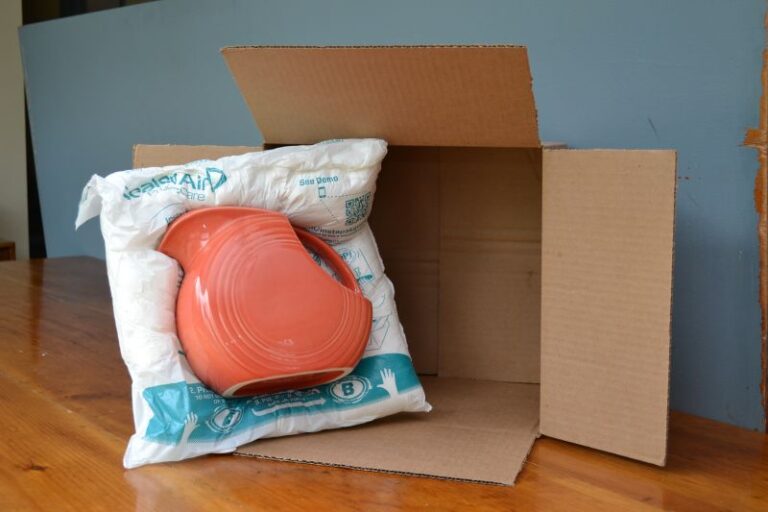
Choosing the Right Protective Packaging for Your Operation
July 11, 2025
0 Comments
Protective packaging is one of the most critical parts of your fulfillment process. Choosing the right solution not only protects your products in transit but also affects your bottom line, customer satisfaction, and sustainability goals. When it comes to protective packaging, two main categories dominate: cushioning and void fill. Each plays a distinct role and comes with a range of material options, such as paper, air pillows, inflatable bubble, and foam. To select the best fit for your operation, it’s important to evaluate factors like product weight, box size, shipment volume, cost, and environmental impact.
Cushioning: Absorbing Impact for Heavier or Fragile Items
Cushioning materials are designed to absorb shocks, protect delicate components, and prevent movement inside the box. They’re essential when shipping fragile or heavier items that require extra support.
One popular cushioning solution is inflatable bubble, which offers a lightweight, flexible way to protect medium-weight items such as electronics, beauty products, or small home goods. Inflatable bubble systems allow on-demand production, which saves warehouse space and reduces shipping costs due to their minimal weight. These systems strike a good balance between cost and protection, and are ideal for operations handling medium-volume shipments with fairly consistent box sizes.
For heavier or highly valuable products—like machinery parts, medical equipment, or industrial tools—expanding foam provides superior protection. This foam forms around the product, filling every gap to cradle the item in a custom mold. While more expensive and less eco-friendly than paper or air-based options, foam is ideal when product safety takes priority over cost or sustainability. It’s best used in low- to medium-volume operations where reducing damage is critical.
Void Fill: Preventing Movement for Light to Medium Weight Shipments
Void fill is primarily used to fill empty spaces in shipping cartons to prevent shifting during transit. Unlike cushioning, void fill doesn’t absorb heavy impact but keeps items securely in place.
Paper void fill, such as kraft or recycled paper, is one of the most sustainable and versatile options. Machines like the FasFil system produce crumpled or fan-folded paper on demand, making it ideal for high-volume operations. Paper is especially effective for light- tomedium-weight items and appeals to eco-conscious businesses seeking plastic-free packaging alternatives. Though paper can be bulkier and heavier than air-based solutions, it’s recyclable, biodegradable, and widely accepted by customers.
Air pillows offer a lightweight, cost-effective void fill option for low- to medium-weight products. These on-demand systems take up little warehouse space and help reduce shipping costs due to their minimal weight. However, air pillows are more prone to punctures and are less sustainable unless made with recycled content or biodegradable materials. They’re a good fit for e-commerce businesses shipping standardized products with consistent box sizes.
Choosing the Right Fit
The right protective packaging depends on your unique needs. For fragile or heavy items, cushioning with inflatable bubble or expanding foam ensures protection. For lighter shipments, void fill with air pillows or paper helps keep items secure and presents a more sustainable image.
Ultimately, finding the right mix of materials helps reduce damage rates, cut shipping costs, and meet customer expectations—while ensuring your packaging process is efficient, scalable, and environmentally responsible.

